Langlands & Bell interview
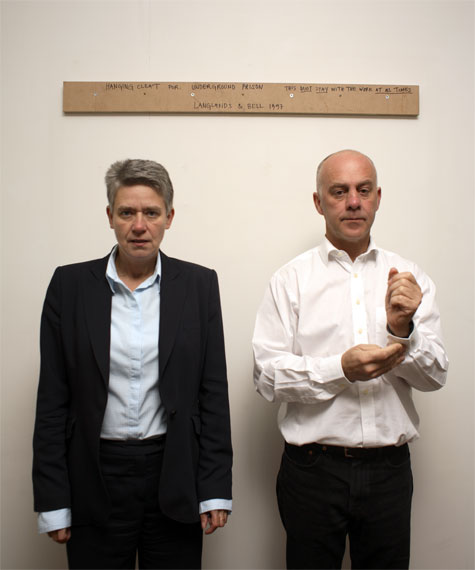
To coincide with the debut of Departures and Virtual World, Langlands & Bell’s two new digital art projects created especially for wallpaper.com, we decided to politely interrogate the artistic duo – now in their thirtieth fruitful year of collaboration – and find out what makes them tick.
The theme of international connectedness arises often in your art, and you chose an airport aesthetic for the Wallpaper* showcase. Can you explain your conceptual motivation?
The world is an increasingly connected place. New technologies and information are collapsing time and distance all the time. You only have to look at Wallpaper*, who reads it, and all the places it is available around the world to see that.
Take us through the timeline for the creation of your newest work, Virtual World. How long did the project take?
Our work takes as long as it needs. We can never predict or remember how long pieces take to make. If we could we probably wouldn’t make any more!
In Virtual World your stated aim is to 'make sense of the digital world'. What about the digital world, per se, do you find confusing / compelling / interesting? Is the increasing 'digitisation' of our world a good thing?
Yes, we find it exciting / demanding / enabling / time consuming / beguiling. As systems multiply we have an increasing need for abbreviated means to identify elements and events.
Receive our daily digest of inspiration, escapism and design stories from around the world direct to your inbox.
What does beauty mean to you? To what extent do you try to create beautiful art?
Beauty is compelling and absorbing, and for us it is a way into our work.
You embraced digital media early on. The boundaries of what constitutes 'art' are constantly expanding. In which direction do you think they’re heading? What's keeping you interested?
Beauty, ideas, and tomorrow’s unpredictability keep us interested.
You've created full-scale bridges, furniture, digital art, even carpet. What are you working on now?
We are currently making a film for the Folkestone Triennial opening in June, and also preparing an exhibition opening in October at Talbot Rice Gallery, Edinburgh presenting a selection from 30 years of our film and animation works.
If you had an unlimited budget for a single project, what would you do?
We would flatten all the ugly, unsustainable, rabbit hutch housing spreading everywhere like a rash, rehouse everyone temporarily at Claridge’s, and build beautiful, sustainable, homes.
Which projects, if any, do you look back on and cringe? From which have you learned the most?
The answer to both parts of the question is the Turner Prize, when a large part of our work was removed from the exhibition at Tate two days before it opened to the public.
What reaction / compliment would you most like to receive from a spectator of your art?
A smile.
Who, in your opinion, is the single most interesting figure in art right now? In architecture?
There is no single most interesting figure in art or architecture right now. There are lots of interesting people. That is why both art and architecture are so interesting.
The boundaries between various forms of creative expression – art, architecture and fashion, in particular – are increasingly indistinct. Is this a good thing?
It’s a good thing if it means there is a free exchange of ideas and artificial boundaries and false hierarchies are diminished.
Are art and architecture inextricably linked? Do you think they’re becoming indistinguishable?
Obviously art and architecture are inextricably linked. They are not the same thing, but sometimes something can be both art and architecture simultaneously. We can see art and architecture as ideas and relationships in material form. Art strives to be independent, that is its purpose or it is not art. Architecture strives to be purposeful, or it is not architecture.
Harriet Lloyd-Smith was the Arts Editor of Wallpaper*, responsible for the art pages across digital and print, including profiles, exhibition reviews, and contemporary art collaborations. She started at Wallpaper* in 2017 and has written for leading contemporary art publications, auction houses and arts charities, and lectured on review writing and art journalism. When she’s not writing about art, she’s making her own.
-
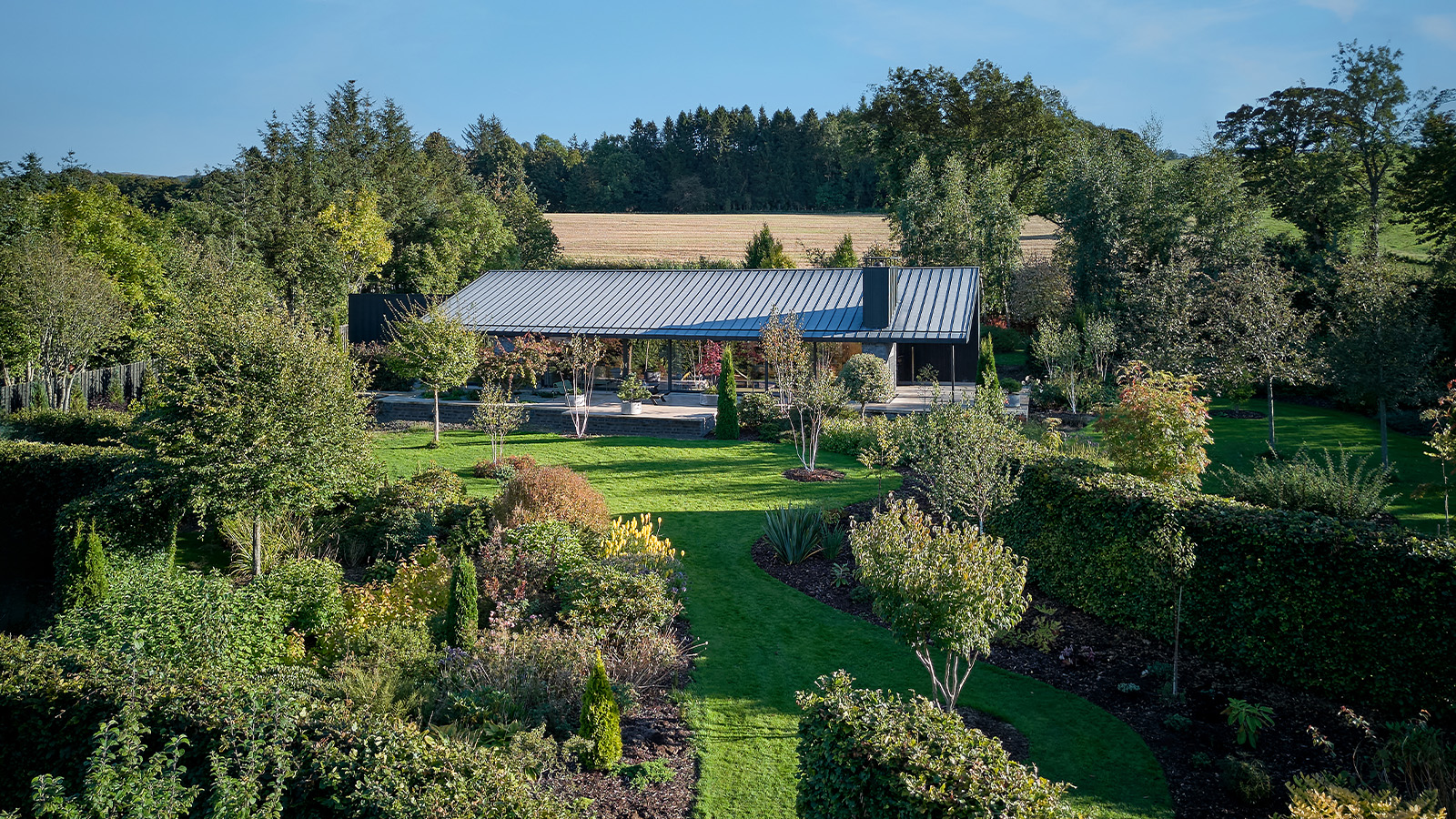 A compact Scottish home is a 'sunny place,' nestled into its thriving orchard setting
A compact Scottish home is a 'sunny place,' nestled into its thriving orchard settingGrianan (Gaelic for 'sunny place') is a single-storey Scottish home by Cameron Webster Architects set in rural Stirlingshire
-
 7 colours that will define 2026, from rich gold to glacier blue
7 colours that will define 2026, from rich gold to glacier blueThese moody hues, versatile neutrals and vivid shades will shape the new year, according to trend forecasters
-
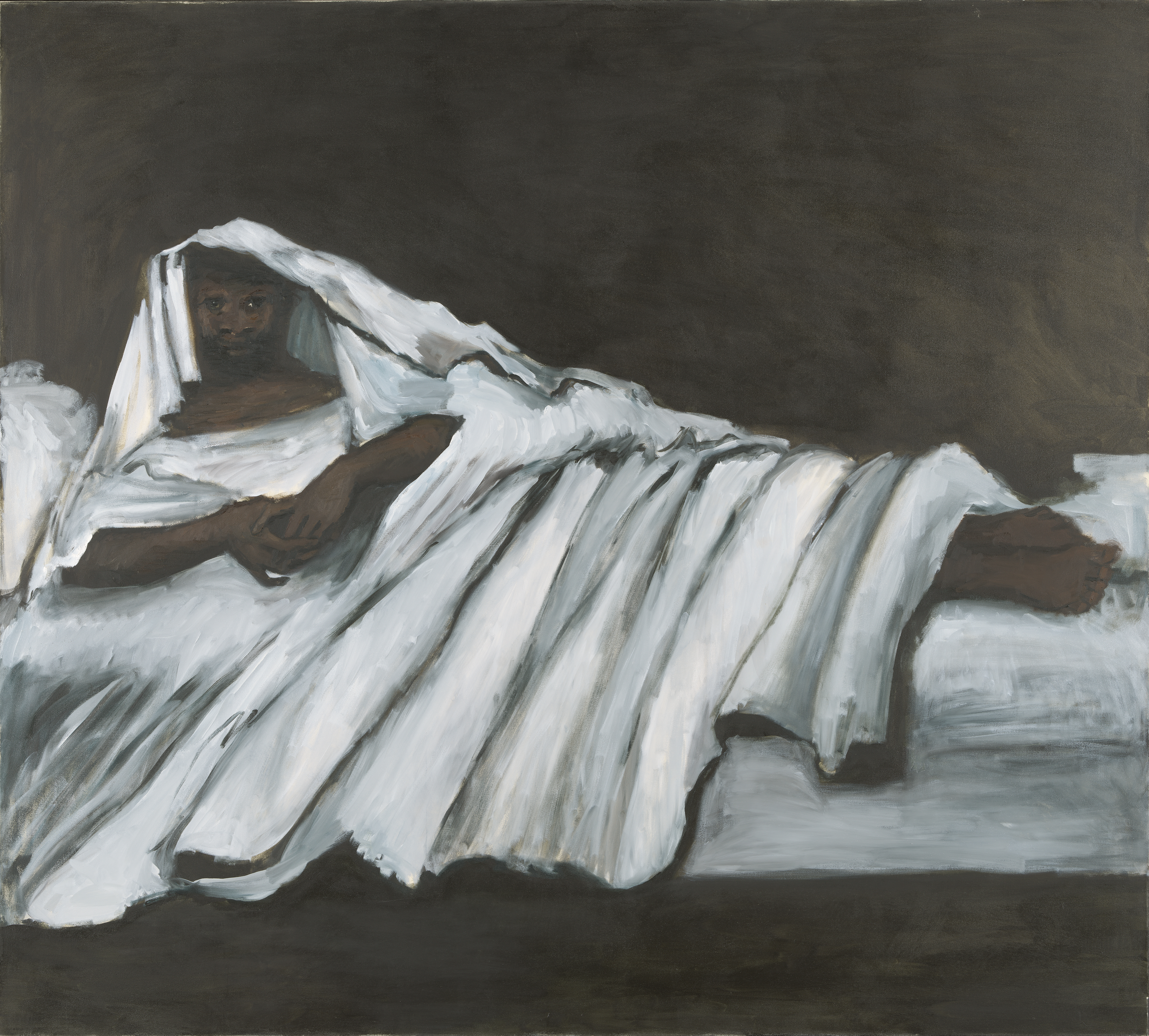 In Norway, discover 1000 years of Queer expression in Islamic Art
In Norway, discover 1000 years of Queer expression in Islamic Art'Deviant Ornaments' at the National Museum of Norway examines the far-reaching history of Queer art
-
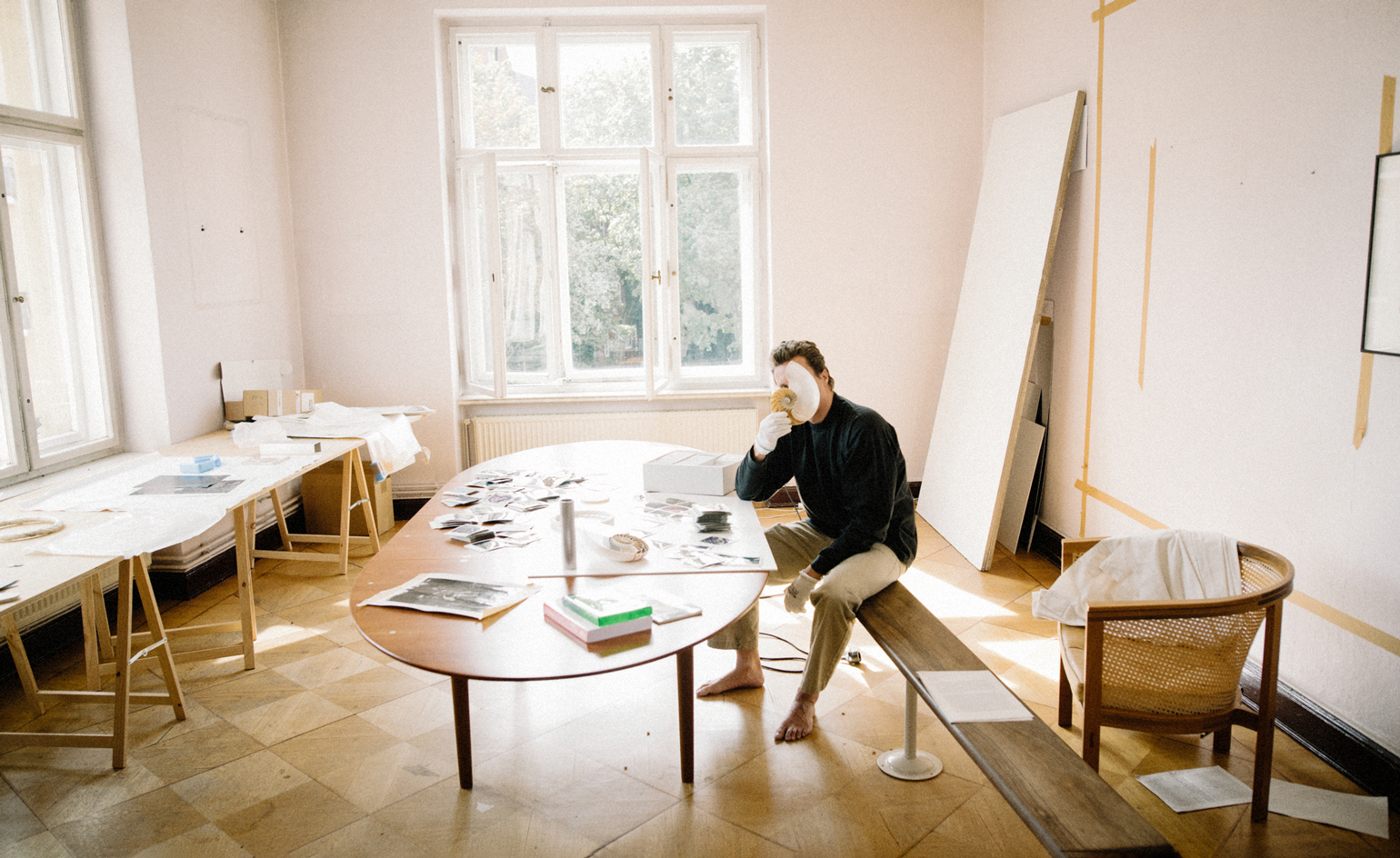 Cyprien Gaillard on chaos, reorder and excavating a Paris in flux
Cyprien Gaillard on chaos, reorder and excavating a Paris in fluxWe interviewed French artist Cyprien Gaillard ahead of his major two-part show, ‘Humpty \ Dumpty’ at Palais de Tokyo and Lafayette Anticipations (until 8 January 2023). Through abandoned clocks, love locks and asbestos, he dissects the human obsession with structural restoration
-
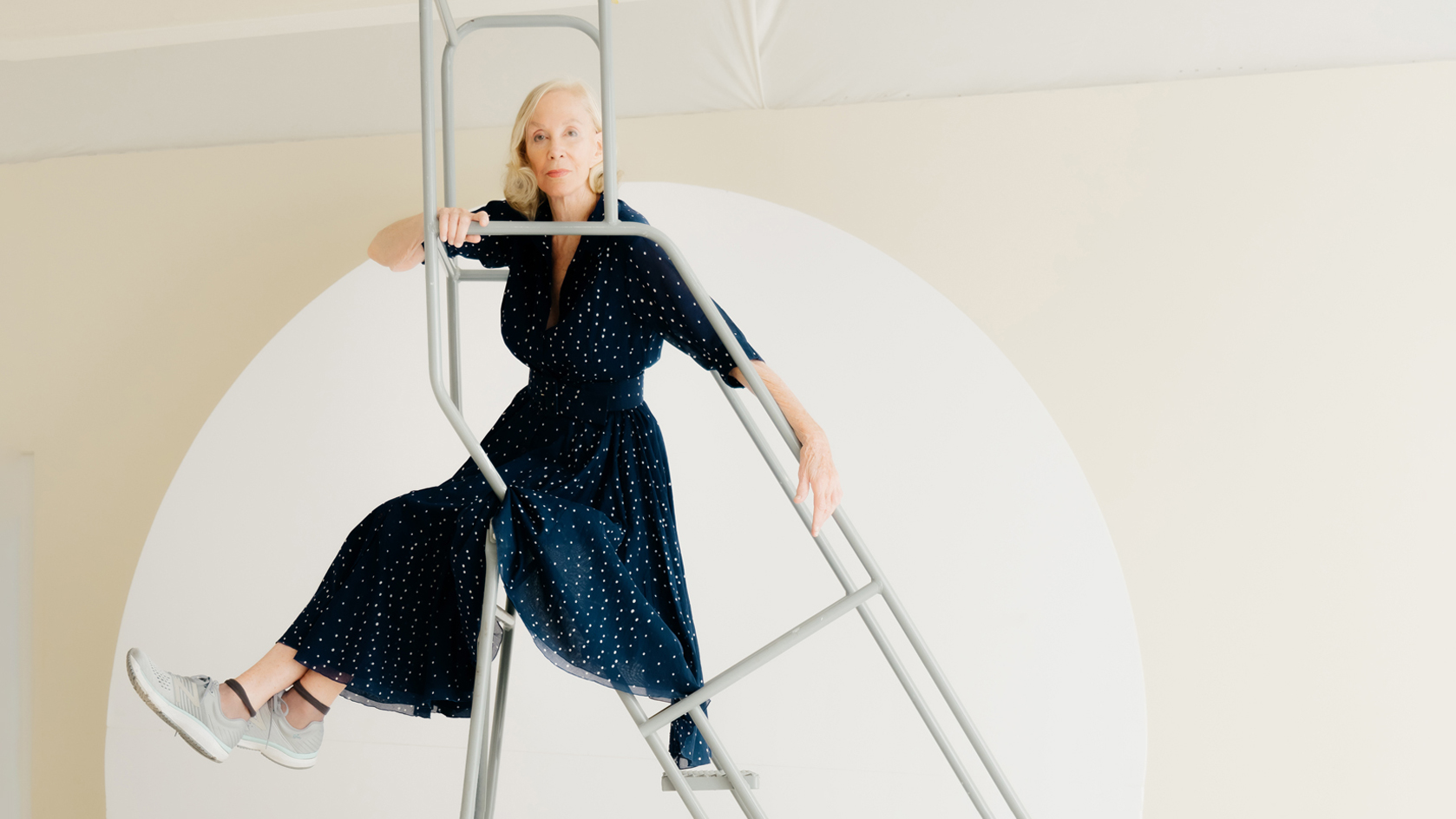 Year in review: top 10 art interviews of 2022, chosen by Wallpaper* arts editor Harriet Lloyd-Smith
Year in review: top 10 art interviews of 2022, chosen by Wallpaper* arts editor Harriet Lloyd-SmithTop 10 art interviews of 2022, as selected by Wallpaper* arts editor Harriet Lloyd-Smith, summing up another dramatic year in the art world
-
 Yayoi Kusama on love, hope and the power of art
Yayoi Kusama on love, hope and the power of artThere’s still time to see Yayoi Kusama’s major retrospective at M+, Hong Kong (until 14 May). In our interview, the legendary Japanese artist vows to continue to ‘create art to leave the message of “love forever”’
-
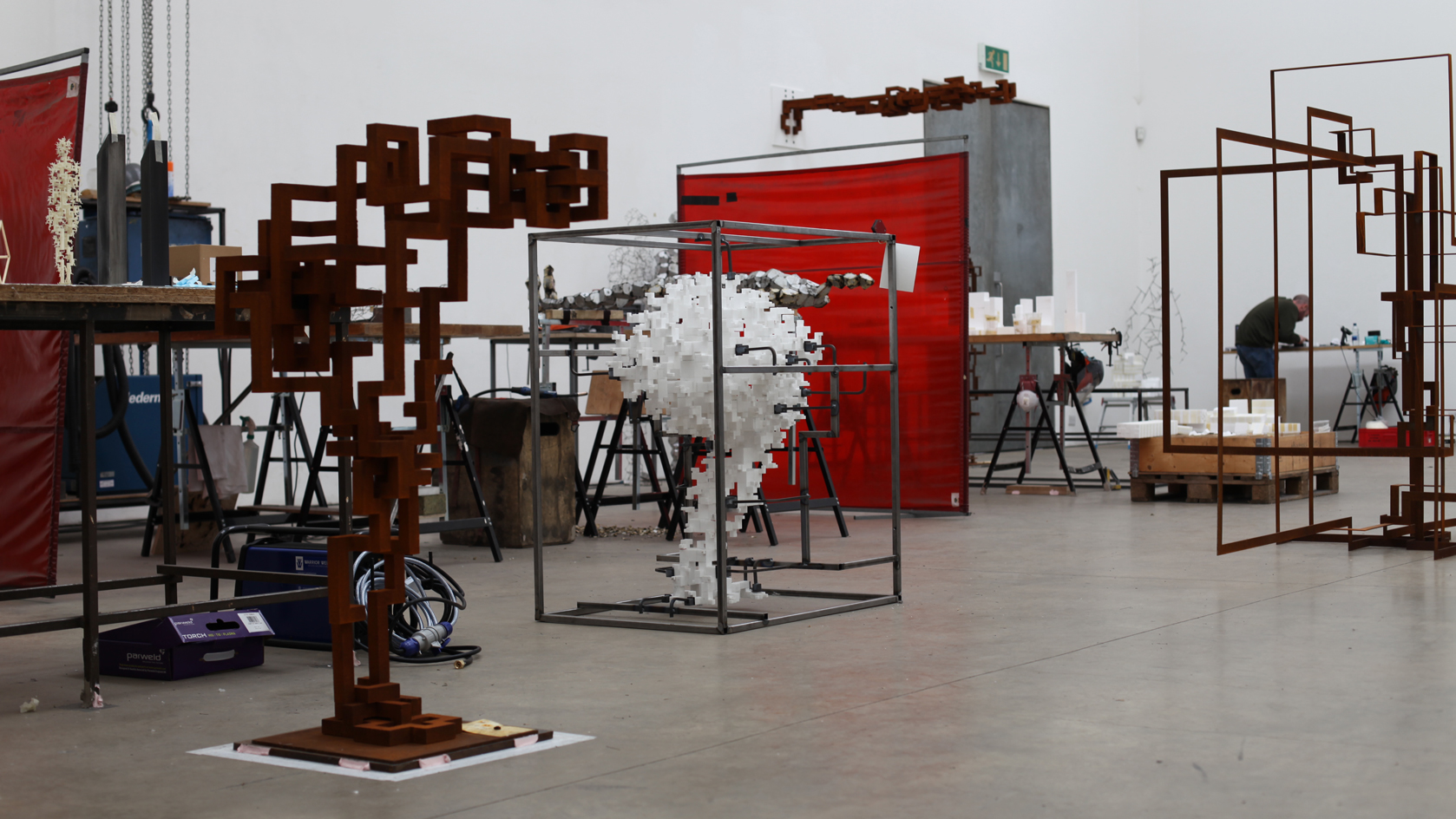 Antony Gormley interview: ‘We’re at more than a tipping point. We’re in a moment of utter crisis’
Antony Gormley interview: ‘We’re at more than a tipping point. We’re in a moment of utter crisis’We visit the London studio of British sculptor Antony Gormley ahead of his major new show ‘Body Field’ at Xavier Hufkens Brussels
-
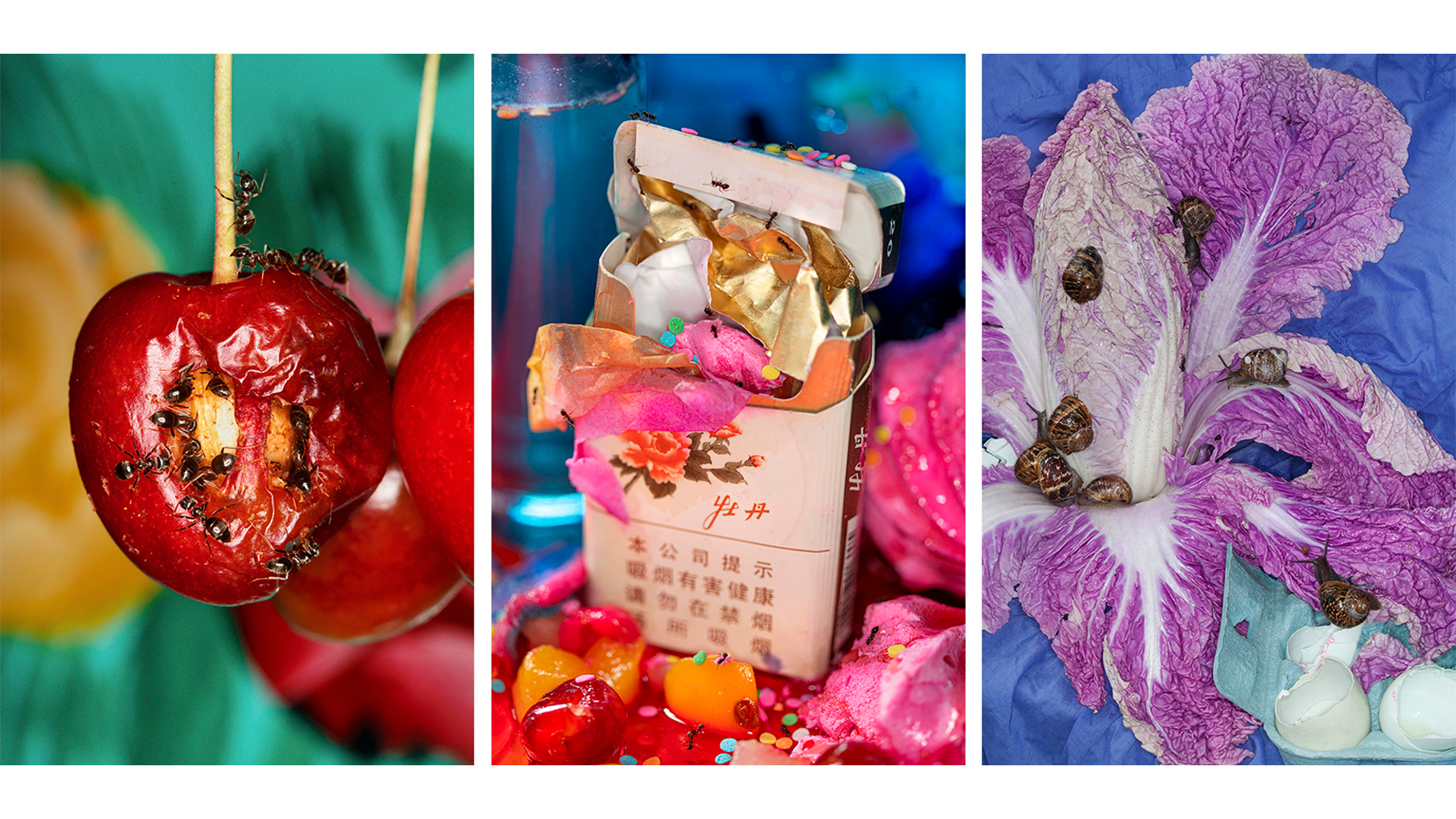 Photographer Maisie Cousins on nostalgia, impulsive making and ‘collecting useless things’
Photographer Maisie Cousins on nostalgia, impulsive making and ‘collecting useless things’Explore the vision of British artist Maisie Cousins in ‘Through the lens’, our monthly series spotlighting photographers who are Wallpaper* contributors
-
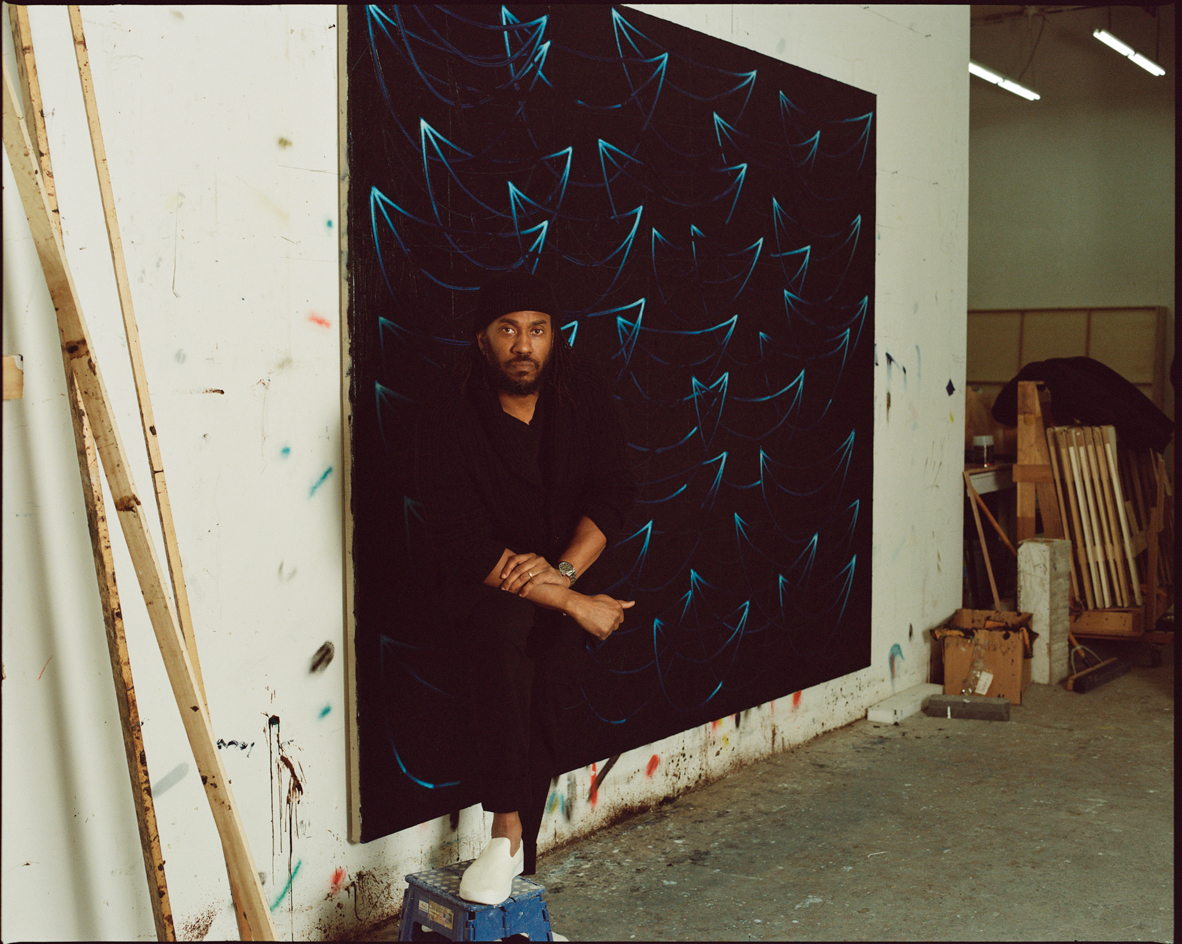 Rashid Johnson in Menorca: a journey through migration, longing and togetherness
Rashid Johnson in Menorca: a journey through migration, longing and togethernessWe visited Rashid Johnson’s Brooklyn studio ahead of the artist’s show at Hauser & Wirth Menorca, which contemplates drift – physical and emotional
-
 Step inside the kaleidoscopic universe of Pipilotti Rist
Step inside the kaleidoscopic universe of Pipilotti RistSwiss artist Pipilotti Rist, who headlines Wallpaper’s November 2022 issue, has transformed the way we see, with a poetic yet playful practice spanning three decades. Here, and in a special portfolio, she reveals how she has liberated video art from its conventions, imbued the digital realm with emotion, animated public spaces, and harnessed the healing powers of colour
-
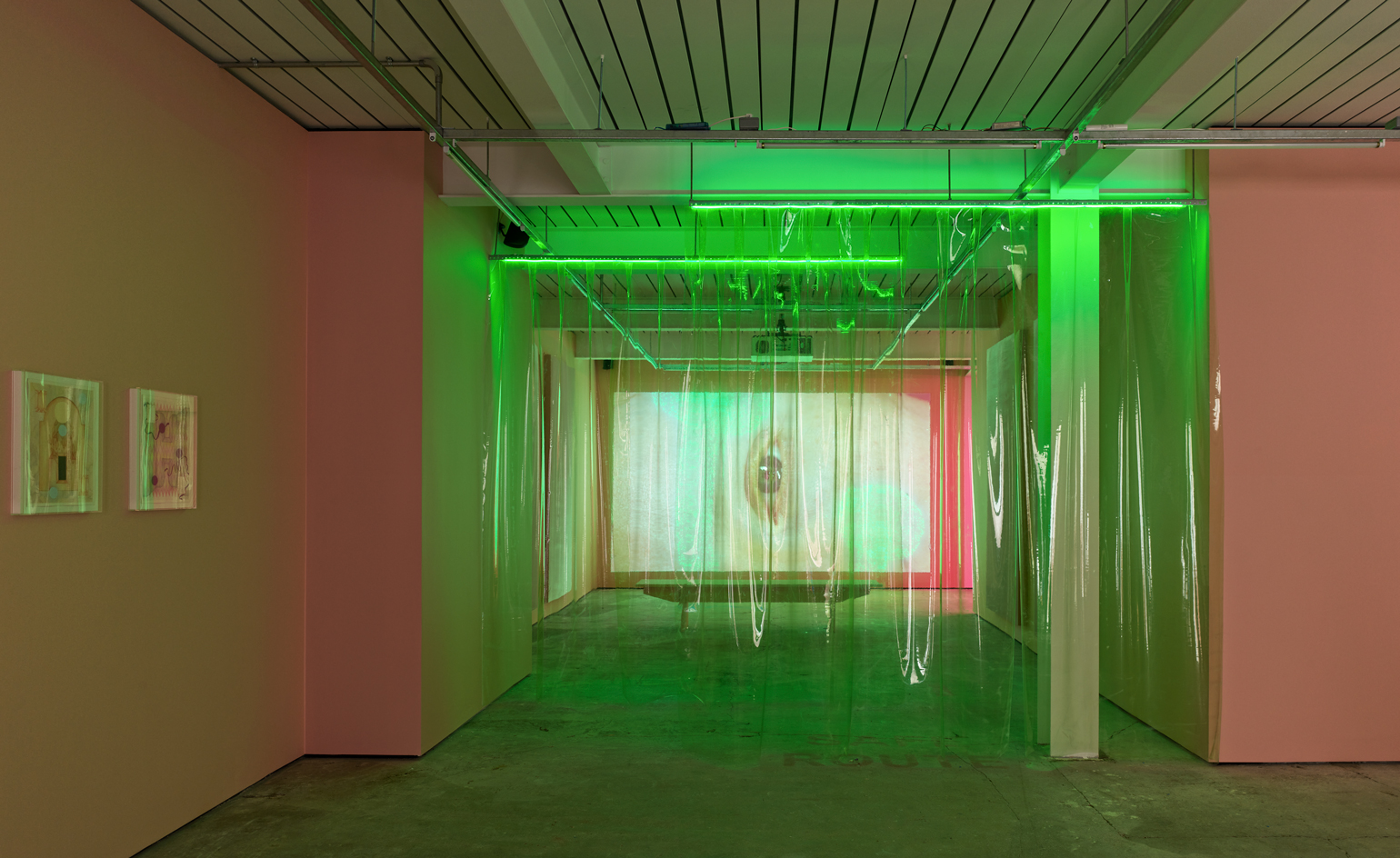 Gathering: the new Soho gallery blending art and social activism
Gathering: the new Soho gallery blending art and social activismGathering, the newest gallery resident in London’s Soho, will focus on contemporary art exploring systemic social issues. Ahead of Tai Shani’s inaugural show, we speak to founders Alex Flick and Trinidad Fombella about their vision for the gallery